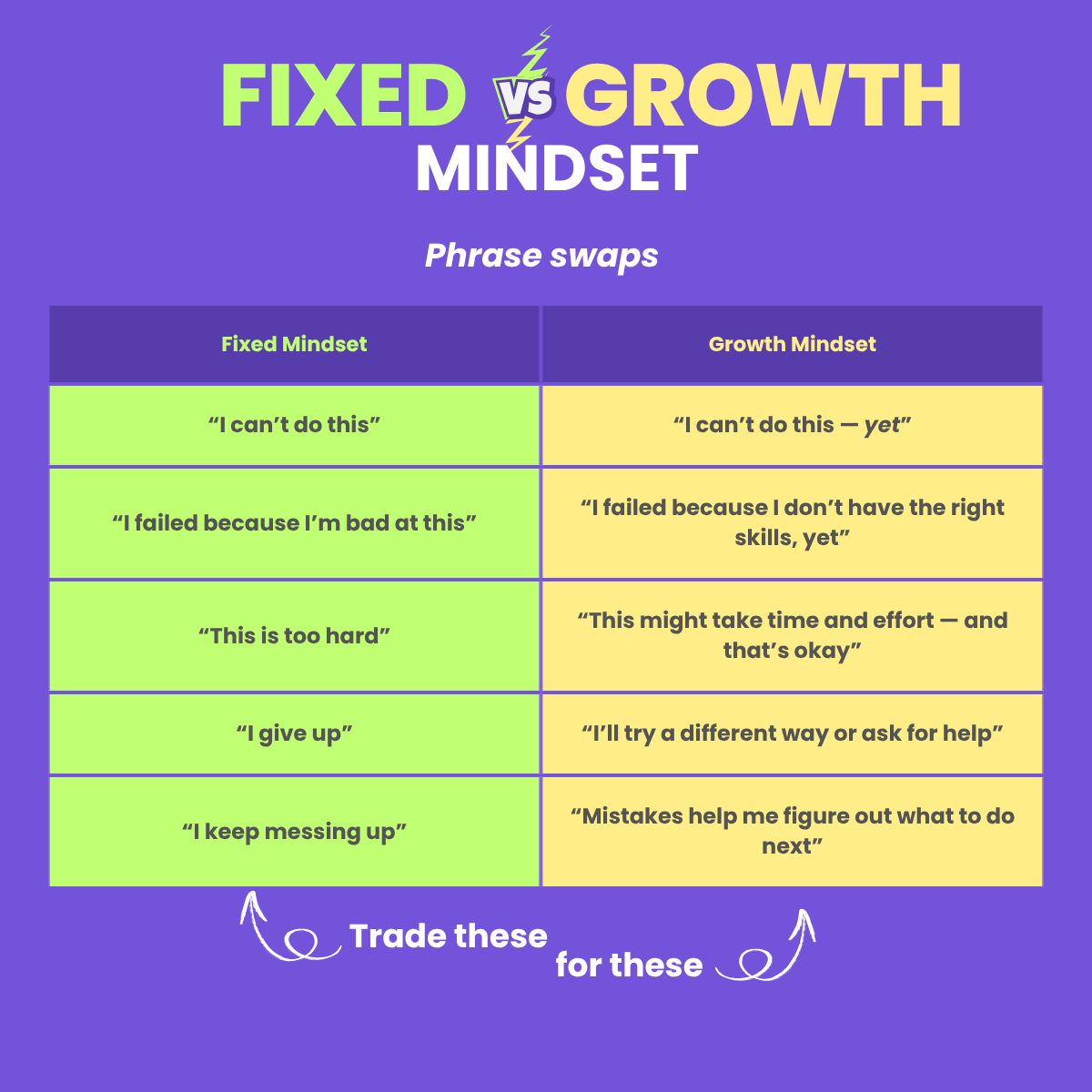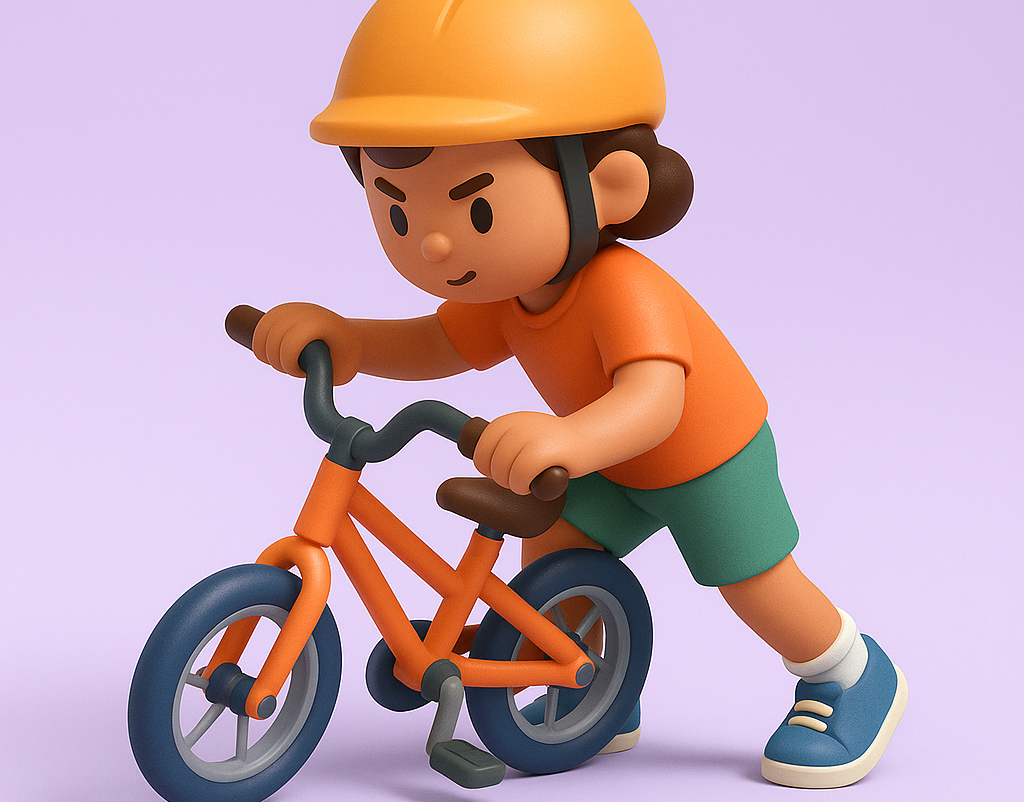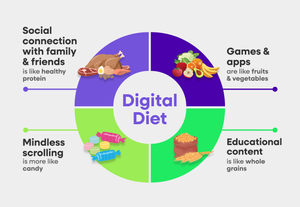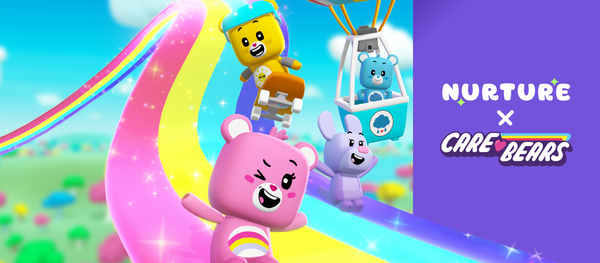A growth mindset is the idea that you can grow and improve through dedication, hard work, and learning. It’s having the mindset to recognize every challenge as a learning opportunity instead of a roadblock.
Resilience is how you build and live out a growth mindset. It’s the practice and ability to bounce back from challenges, to understand that difficult experiences will happen and that we can just try a new approach.
Developing resilience and adopting a growth mindset aren’t skills typically taught in school, so we need to find other ways to instill them. Yet, they’re also useful to support in-school learning — trying, making mistakes, and learning new things will help academically, too.
Growth Mindset vs. Fixed Mindset: What’s the Difference?
Whereas a growth mindset means believing you can improve through effort and learning, a fixed mindset is the belief that your abilities are just what they are, and can’t really change.
A growth mindset is critical to kids’ abilities to learn, their confidence, and their perseverance. And kids are never too young to start internalizing the patterns that matter to a growth mindset.
In contrast, kids with a fixed mindset might say, “I’m just not good at this” or “I’ll never be able to do it.” Kids with a growth mindset learn to say, “I can’t do it… yet,” and ask, “What can I try next?”
Let’s compare some more fixed mindset phrases and the growth mindset alternatives we can help our kids replace them with.

With a growth mindset, kids realize that failure is just one step to success. That’s important to remember throughout every stage of life, but especially as a kid. Resilience is a habit we need to build from a young age to carry us through our grown-up challenges, too.
Why a Growth Mindset Matters in Early Childhood
Young kids, in the four to seven-year-old range, are at such a critical time for developing their growth mindset. As they start school, expand their social circle, and constantly encounter new situations, they’ll have endless opportunities to show resilience through difficulty and embrace their growth mindset.
In what Erik Erikson labels the “Play age” in his Psychological Stages, kids between three and seven are in the “Initiative vs. guilt” phase — meaning that’s the basic psychological conflict they deal with throughout their daily activities. They’re taking initiative, doing things on their own and of their own free will, but they have more emotional affect than before. If they aren’t successful, they start questioning their ability and confidence.
This emotional stage is all about developing their sense of purpose. The foundation of this sense of purpose lies in the growth mindset — believing that our abilities can increase and evolve through effort and learning. By successfully navigating earlier challenges, kids feel that innate purpose to continue facing obstacles, showing resilience, and putting forth effort to achieve their goals. Critically, they come to view this cycle as the path to discovery and mastery, not a sign on inadequacy.
We can help develop a growth mindset in many ways, one of which is by celebrating incremental success. That helps kids understand how many stops there are on the way to success. Maybe they didn’t ride their bike all around the neighborhood, but they got back on it after they fell. That's a moment of resilience, driven by their growth mindset, to celebrate!
Research even shows that people with a growth mindset have better emotional and physical outcomes when it comes to managing stress later in life.
What Resilience Looks Like in Real Life
Exercising resilience and embracing a growth mindset does not just mean “toughing it out” or avoiding emotions for the sake of finishing a task. Yes, sometimes kids have to learn to push through hard feelings, but resilience is about having feelings, understanding them, and adjusting how they impact their confidence — and willingness to get up and try again.

Resilience in kids might show up as:
- Trying again at a game after losing
- Getting back on the bike after falling off
- Proactively thinking (planning) about what they might need to succeed
- Asking for help instead of giving up
- Taking a deep breath when they feel overwhelmed
- Saying “I need a break” instead of melting down
- Trying again with a new idea or approach
All of these situations might frustrate kids even as they work through them. Understanding what they’re feeling and why, and that it’s not permanent, helps them develop the emotional regulation needed to maintain their resilience.
Everyday Strategies to Build a Growth Mindset at Home
It can be fairly simple to actively develop kids’ growth mindset through simple conversations and slight tweaks to how we already support them.
Praising effort and small steps
Growth is about more than achieving outcomes. It’s about the change and development, the learning and betterment, that happen along the way. Help kids celebrate the effort behind their journey:
- “I see how hard you’re working on this”
- “That was great how you tried something different this time”
- “That was great how you tried something different this time.”
- “You didn’t give up — that shows real determination.”
- “I noticed how calm you stayed when it got tricky. That takes practice.”
You can also use these moments to encourage their resiliency. Spur them to ask themselves if they can try another way or if they need to reconsider the tools their bringing to the situation.
Model and share
Kids that can see a resilient person embracing their growth mindset will be able to pick up the behavior easier. In the same spirit of modeling healthy screen time habits, we need to live our own growth mindset so we can et the right example.
Own your mistakes and challenges, but pair them with a solution or reflection. For example:
- “I can’t figure out how to build this table… yet. I’m going to re-read the instructions and get a better screwdriver.”
- “I burned the dinner I was cooking, but I’m taking a second look at our ingredients and know I can make something else.
- “I had a hard time at work today. I felt stuck, but I took a break and came back with a new idea.”
- “When I was your age, I couldn’t [ride a bike/spell my name/do math] either. But I kept practicing — just like you are!”
You can also share a whole story with them about how you tried, failed, but figured it out because you trusted yourself to learn, grow, and do new things. Kids have a simpler perspective that doesn’t always consider all the nuances of a situation. Helping them remember the journey between “I can’t… yet” and “I finally did it” helps them avoid getting discouraged.
The power of “yet”
One of my favorite ways to live out a growth mindset — and remind us of its importance — is to use the word “yet.”
It’s so simple, yet so powerful.
“You can’t dribble the basketball… yet.”
“You can't beat this level … yet.”
“You don’t understand this lesson… yet.”
“Yet” implies so much in such a small package. It kickstarts the growth mindset and ties it directly to individual situations. This is how a growth mindset is built and practiced — with small, habitual instances — as kids grow, so they grow into resilient adults, too.
Everyone faces challenges — staying resilient and keeping a growth mindset will help them overcome challenges while effectively managing the emotions of the journey.
Activities That Foster Resilience and Perseverance
Resilience isn’t just taught — it’s practiced. The more opportunities kids have to face a challenge, try again, and adapt, the stronger their mindset becomes. That’s why everyday activities, especially play-based ones, are such a powerful tool.
Here are some resilience-building activities to try with kids ages 4–7.

Many Nurture adventures are designed with these very mechanics in mind — from solving puzzles and helping characters recover from mistakes to experimenting with different outcomes. Play is one of the safest, most developmentally appropriate spaces for resilience to grow. Digital play can take this to a new level (literally) by putting kids into new roles, situations, and environments.
Screens & Growth Mindset: Yes, They Can Work Together
We’re all living in a digital world, kids included. They’re not only going to experience many on-screen moments of frustration or challenge that will require resilience, they can intentionally use screens to help build their growth mindset.
For instance, watching a video of someone riding a bike can be part of learning to ride a bike. Using screens as part of our toolkit, they can be used for information, reflection, discussion, and as a way to mentally reset.
Plenty of digital games are built to reward persistence. It’s part of what makes them interactive. When it comes to screen time that supports resilience and strengthens a growth mindset, I think of games versus shows as active versus passive entertainment. In games, kids are doing it, not just watching it. They’re compelled to try again, to try something new, and to keep trying when it gets harder.
There are plenty of age-appropriate games that can teach problem-solving, perseverance, and self-regulation. All of these also support the foundation of a growth mindset — maintaining resiliency through challenge or setback.
On-screen games can be a safer, more fun, and more approachable environment to foster resilience and they offer plenty of celebrations over smaller milestones, such as reaching checkpoints in time. Kids can also leverage screen time for building resilience more comfortably, because it’s a safer environment — they don’t have to fail in front of their friends, they can fall down and get back up on their own.
Navigating Setbacks: Scripts for Real-World Moments
So what do you do when resilience is tough to channel? What can you do or say when kids lose sight of their growth mindset?
The first thing you can do is empathise and validate the challenge they’re facing. For example:
- “I see you’re frustrated. I would be frustrated, too, if I fell off my bike.”
- “Math can make us mad when we’re not understanding it yet.”
- “It can feel sad when another kid doesn’t want to play with you at the park.”
Sometimes, trying to be resilient overwhelms kids. They might have a meltdown or throw a tantrum when things don’t work out as they had hoped. It’s all part of the growing process. In those situations, we can help them understand and use coping mechanisms to regulate their emotions. You might try:
- Prompting them to problem solve, by asking questions such as, “What tools will you need to succeed?”
- Encouraging them to take a step back, and suggesting something like, “Why don’t you take a break for now?”
- Modeling success, either yourself or through a peer role model. For example, you could ask them “Do you know anyone else who has been through this challenge? Should we ask her for advice?”
Navigating the real-world ups and downs of building a growth mindset requires reflection and emotional regulation. When we can help kids develop those tools, we’ll feed their inner resilience and strengthen their growth mindset.
Keep It Going, Together: Encouragement Without Pressure
Nobody is born successful at everything they try, especially the first time they try it. They had to work hard, fail plenty of times, and celebrate the small wins on the way to the big one. Champions are resilient in the face of setbacks because they’ve learned to lock into a growth mindset. Whatever challenge comes next, they believe in their ability to figure it out (even if they don’t yet know how).
A growth mindset is not about setting performance goals. It’s about how we approach challenges and failure. It’s never “done” or fully achieved, because it’s always in use and evolving. How we show resiliency today may be much different than what we face tomorrow.
Like so many elements of raising happy, healthy, thriving children, modeling what we want kids to learn might be the most important thing. If they see us getting frustrated, losing our temper, or give up on things, our kids will internalize that.
Just like co-engagement helps screen time become more valuable for kids, so does co-engagement in practicing resilience and embracing that growth mindset. Whether in real-world “grown up” situation or when we’re on the floor playing with our kids, dropping growth-oriented phrasing and avoid the urge to get frustrated at a challenge gives them examples to pull from and a foundation to emulate.
→ Learn how intentional screen time and digital play can build resilience for a growth mindset






 Copy Link
Copy Link
 Share
to X
Share
to X
 Share
to Facebook
Share
to Facebook
 Share
to LinkedIn
Share
to LinkedIn
 Share
on Email
Share
on Email




